Create a workplace that conforms to Health and Safety Standards with an Environment Meter
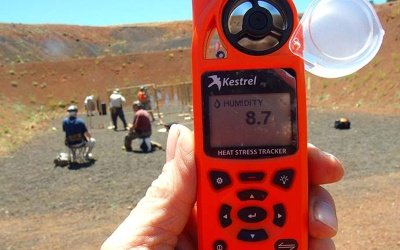
Federal Work Health and Safety Legislation requires employers to monitor work environments to protect employees. Whether you are an operator, manager or OH&S Officer, a suitable Environment Meter will reveal what is occurring in your work environment in a quantitative way. With accurate data you’ll know in real time if your workplace practices are in line with OH&S requirements.
Compliance will not only to help guard an employer from any threat of legal action, creating a healthy workplace is proven to improve workplace productivity.
The major environmental risks in Australian workplaces today are excessive levels of sound, light, heat stress, wind speed, and UV exposure in sunlight. In this post we examine each of these risks and how Environment Meters can be applied to create health and safety and work.
Sound Levels
The National Code of Practice: Noise Management and Protection of Hearing at Work; 3rd edition, June 2004 sets out the guidelines for ensuring safe noise levels.
The primary objective of the code is to ensure sound levels remain below 85dB over an 8-hour period to ensure no harm to workers. The Code highlights the importance of Environment Meters, specifically Sound Meters, in measuring noise pollution. The Act also specifies the quality and performance levels of sound meters, sets out minimum standards, specifies how measurements should be undertaken and how Sound Meters need to be calibrated for the purpose of adhering to guidelines.
Essentially, to ensure meaningful tests are conducted a Type 2 (or better) meter is required. Ideally, testing should be done over an 8–hour period using meters that can be conveniently carried on a person and worn as close to ear level as possible.
Instrument Choice has an extensive range of complying Sound Meters, in a range of Classes, in different configurations, together with optional accessories, all designed for general and specialised applications.
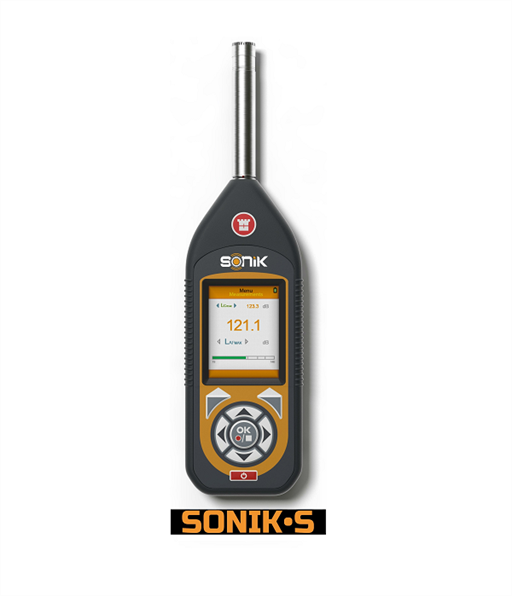
Take for example the GA142 SONIK Safety Data-logging Sound Meter Class 1, which is designed specifically to help you protect your workforce against excessive noise.
Housed in a modern and attractive body, the GA142 features a simple measurement set up, a super intuitive interface, and a large colour screen. It is fully compliant with IEC 61672-1:2013 and IEC61252:1993.
If you are unsure of the right Sound Meter for your health and safety application, talk to an Instrument Choice scientist.
Safe Lighting Levels
Work place lighting standards are governed by the standard, Australian Standard of Brightness (AS1680.1.2006). This recommends a minimum level of illumination based on the location of your workplace, the presence/absence of natural levels of illumination, as well as the nature and frequency of the work to be performed.
Light has an enormous impact on the safety, as well as the atmosphere created in a room, office, foyer, retail shop, reception area. By the way, adequate lighting is also essential for filming and photography. Achieving the right amount of light is a fine art. Enlist the help of a professional in choosing the right Light Meter to ensure you achieve minimum lighting level standards.
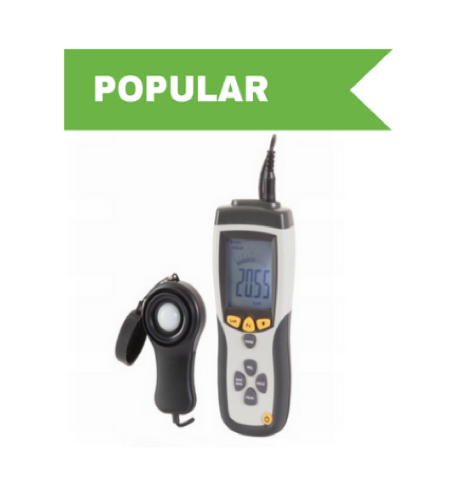
The IC1584LM Professional Digital Light Meter is a popular device for ensuring safe lighting.
The IC1584LM has a maximum measurement of 400,000lux and features a selectable Lux or fc scale, data hold & relative mode, along with a long-life silicon photo diode sensor. The unit uses photopic spectral sensitivity, which closely mimics the response of the human eye to changes in light. It is extremely accurate, has a rapid response and can store min and max values for easy comparisons. Measurement can be switched between LUX and FC (foot candles) and a data hold function is included for pausing the reading.
Heat Stress
Workplace guidelines require management to ensure workers aren’t exposed to temperatures that can result in harm. Heat, whether 'seasonal' that are part of the 'normal work environment' can be a hazard leading to workers suffering serious illness or accident, particularly if exposure is over long periods.
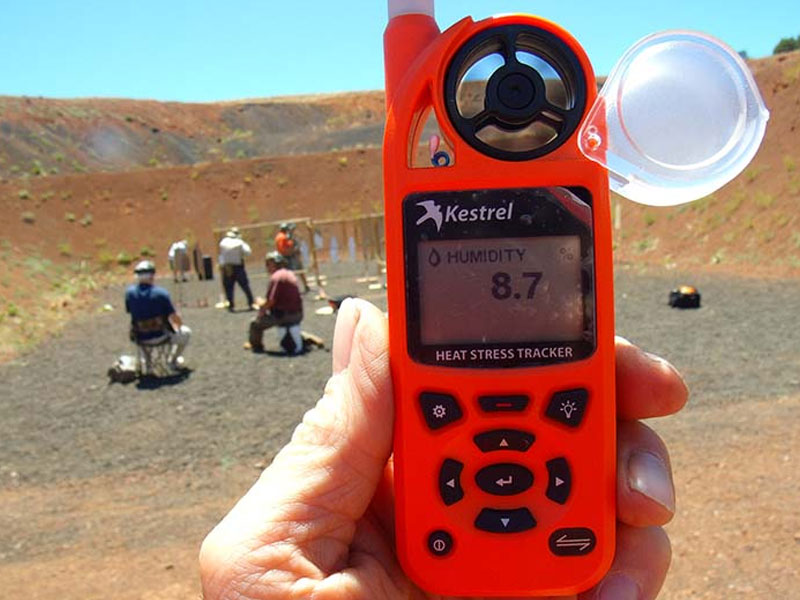
A suitable Environment Meter to assist manage heat stress risks is the Kestrel 5400 Heat Stress WBGT Meter (Safety Orange) - IC-0854ORA.
This versatile unit has a range of calibrations including a heat stress index. You can activate variable alarm settings to sound once your unacceptable level of heat stress has been detected.
Wind Speed
Another application where an Environment Meter can be used to create a safe working environment is to use a ensure safe speeds for raising and lowering of crane booms and scaffolding. Safe Work Australia describes how wind conditions can impact on a crane’s operation and the crane’s rated capacity.
“Crane load charts include information on allowable wind speeds. Strong winds impose extra loads on a crane and may affect the crane’s stability. A maximum permissible operational wind speed will be included in the tower crane design, but this may not apply for operational purposes—for example when a crane operator is at the controls and in the process of lifting a load. Tower crane installations may be designed for a maximum operational wind speed, say 72 km/hour— or 20 metres/second—as set out in relevant technical standards.
Although the tower crane base and crane ties may have been designed for this higher operational wind speed, crane operators should not operate the crane in wind speeds that exceed the manufacturer’s specifications or when they consider it unsafe.
An anemometer—a wind gauge—should be fixed on each tower crane in a position to provide an accurate wind speed reading.”
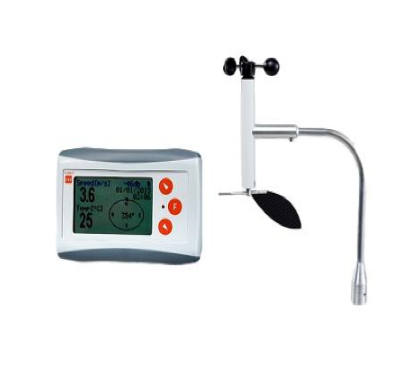
An anemometer designed to provide affordable and easy-to-use wind site evaluation and monitoring in real time is the Scarlet Wireless Data Logger Anemometer - IC-WL-11.
The IC-WL-11 records wind speed, gust, and direction, time and date, temperature, and other important wind parameters. The wireless transmission ranges up to 250 meters. All data is stored within SD card (included) in a data-exchange format.
Solar UV Radiation
The sun is the main source of UVR (ultraviolet radiation). Solar UVR is part of the electromagnetic spectrum emitted by the sun and is composed of three wavelengths: UVA, UVB and UVC. While all UVC and most UVB radiation is absorbed by the atmosphere, all UVA and about 10 percent of UVB radiation reaches the earth’s surface. Both UVA and UVB are known to cause skin cancer.
Exposure to UVR is measured using a UV Index range and safe recommended levels are set out by the World Health Organisation. Recommended safe workplace practice is outlined by Safe Work Australia in their publication GUIDE ON EXPOSURE TO SOLAR ULTRAVIOLET RADIATION (UVR)
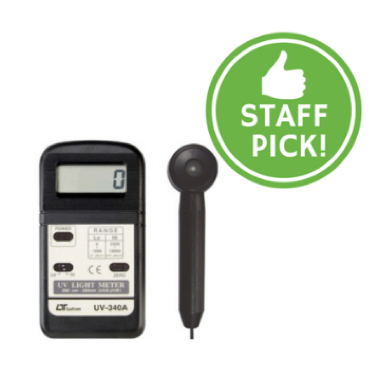
An example of a simple, portable, professional quality and extremely cost-effective light meter is the UV340A - Pocket UV Light Meter.
This robust device measures both UVA & UVB radiation.
Choosing the right scientific instrument will ensure you have all the essential, accurate data you need to manage safe working environments. Incidentally, if you need to monitor multiple environmental workplace risks, a more economical solution may be to consider a weather station.
If you’re still in doubt as to what Environment Meter best suits your needs, then contact Instrument Choice’s scientists. We are experts in assisting clients find the best solutions for any application and budget.
Also interesting
Poor air quality, both outdoor and indoor, can impact our health and well-being. Here are some tips for monitoring and helping to improve your home or business’ overall air quality. We also provide examples of air quality meters you can deploy to ensure the air you breathe is not dangerous.
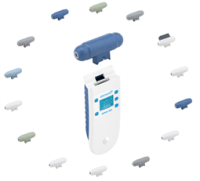
The Tempmate S1 is affordable, practical, and easy to use. The instrument has become one of the most popular single-use data loggers on the market. Recently, the logger has undergone a version update, with the addition of many new features designed to make cold chain monitoring even more efficient.
This article details the design changes, along with the advantages of the new Tempmate S1 V3.

